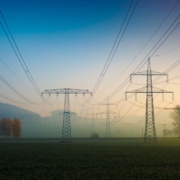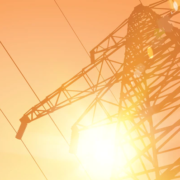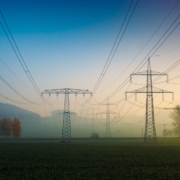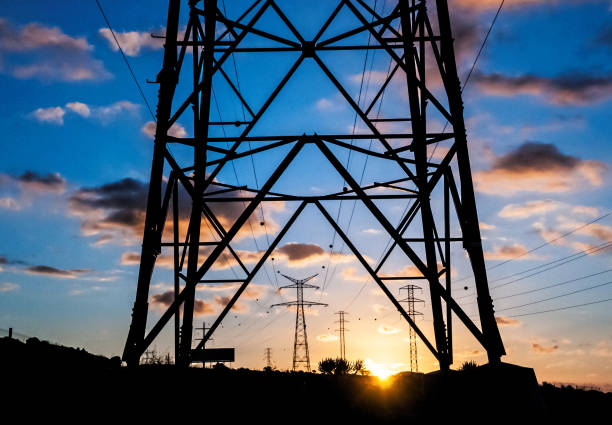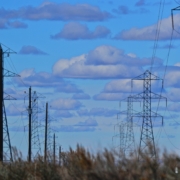The real cost of delaying or cancelling VNI West
New electricity transmission infrastructure is the missing link in Australia’s transition to clean energy. Transition is as much about energy security, reliability of supply, and cost of living pressures on Australians, as it is about climate targets.
There is broad recognition in Australia of both the urgent need to replace ageing coal-fired generators and the benefits of clean and low-cost renewable generation. Australia’s coal power stations are now approaching the end of their life span and are unreliable and scheduled for closure, leaving a shortfall in generation.
Wind and solar technologies are now the cheapest forms of generation per unit of energy and can be integrated with storage to provide cost-effective and reliable ‘firmed’ electricity.
To connect all of the new renewable energy generation, Australia needs to build the equivalent of 25 per cent of today’s entire transmission grid, 10,000km, in less than 10 years.
The Victoria to New South Wales Interconnector West (VNI-West) project is a key element of Victoria’s energy future, providing additional ongoing energy security for Victorians as key Victorian coal power stations close. Given the public discussion about the project, Nexa Advisory engaged Endgame Economics to better understand its impacts on consumers.
Summary of our key findings:
- VNI West is essential to the reduction of the wholesale cost of electricity and putting downward pressure on Victorian electricity bills.
A delay to VNI West beyond the announced delivery date of CY 2028 1 results in higher bills for consumers. Business customers are impacted the most. - VNI West is critical to energy resilience and security in the eastern states. It ensures that electricity can be shared between states to meet demand.
The construction of VNI West plays a critical role in ensuring Victorians have a reliable electricity supply, connecting them to the renewable generation in NSW needed to replace the Yallourn and Loy Yang power stations.
Furthermore, the research found that if VNI West is not built at all, more new renewable generation and the transmission to connect it, will be needed in Victoria than would otherwise be the case. This would cost $5.07bn, and that doesn’t include the cost of the transmission lines needed to connect it to the grid.
In additional to the cost, there is a question about whether we could actually build the extra generation and storage, and transmission in time. The rate at which we are currently delivering new renewable generation and firming capacity is insufficient to meet what is required today to transition away from ageing coal power stations and decarbonise our electricity system. If VNI-West is not built at all then the task of adding the generation and inter-regional transmission to replace it may be a challenge that is beyond us.
Our full report here: Nexa Advisory – The real cost of delaying or cancelling VNI West


